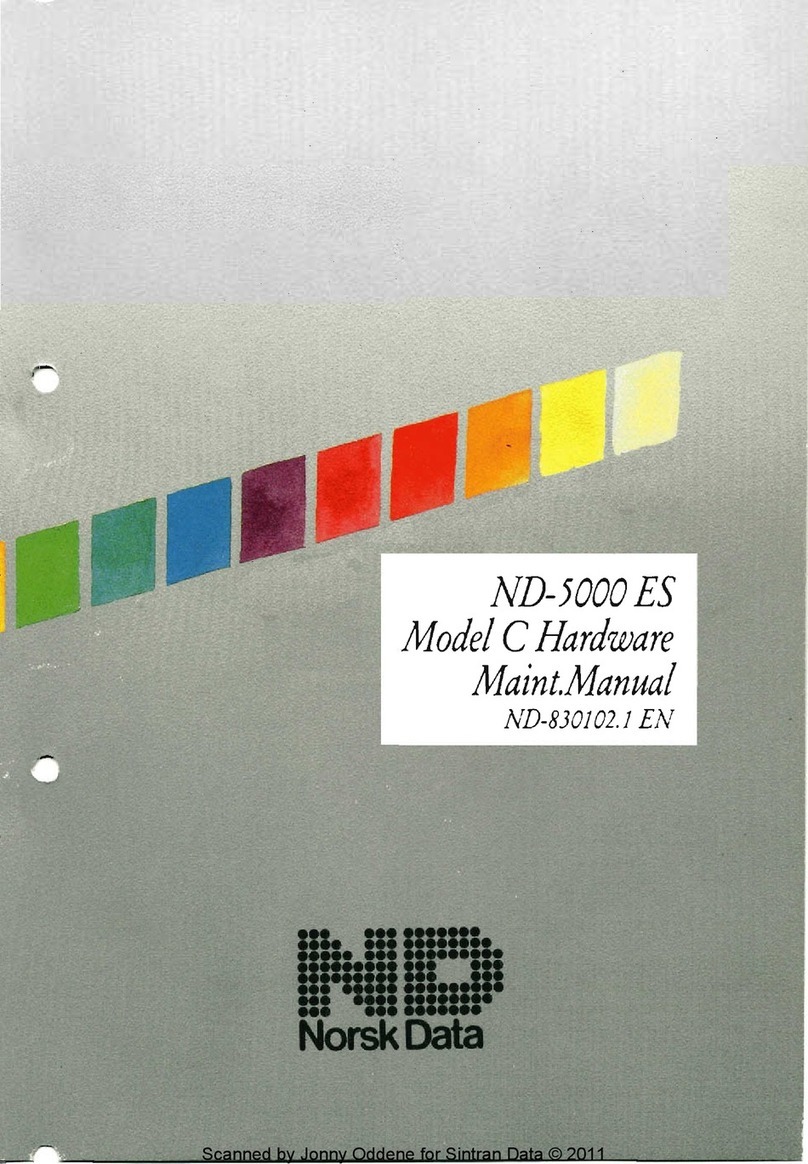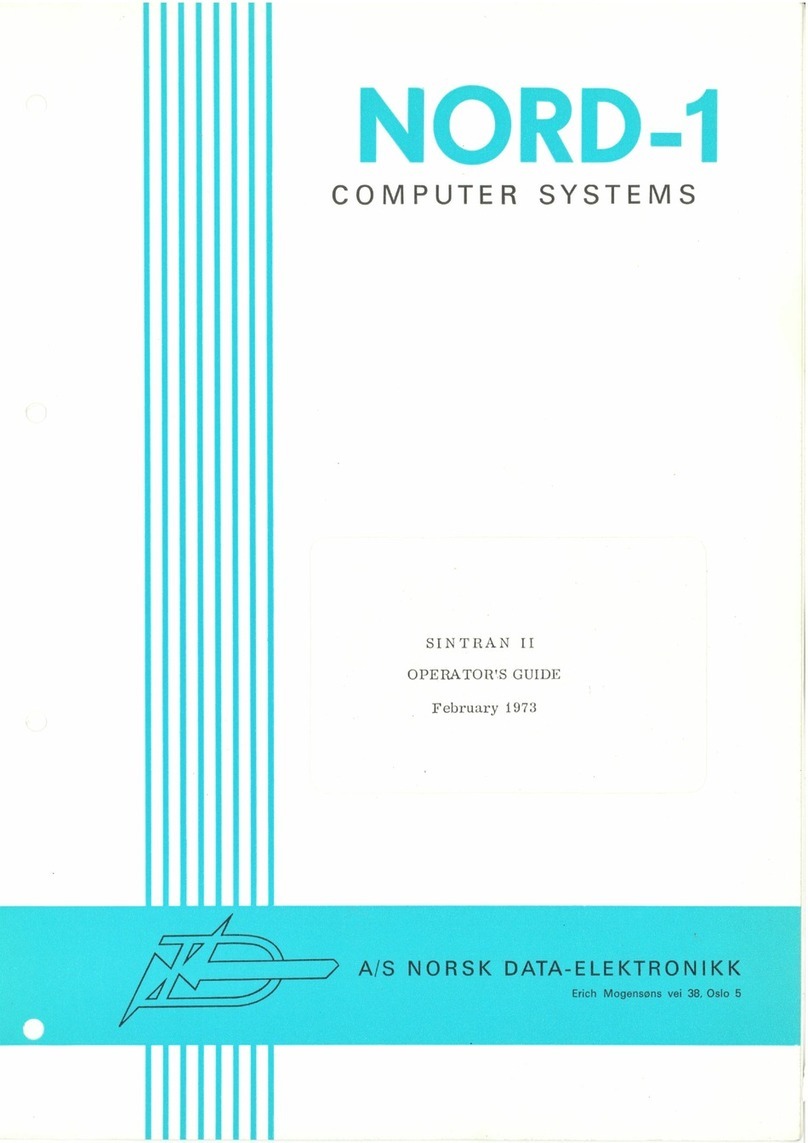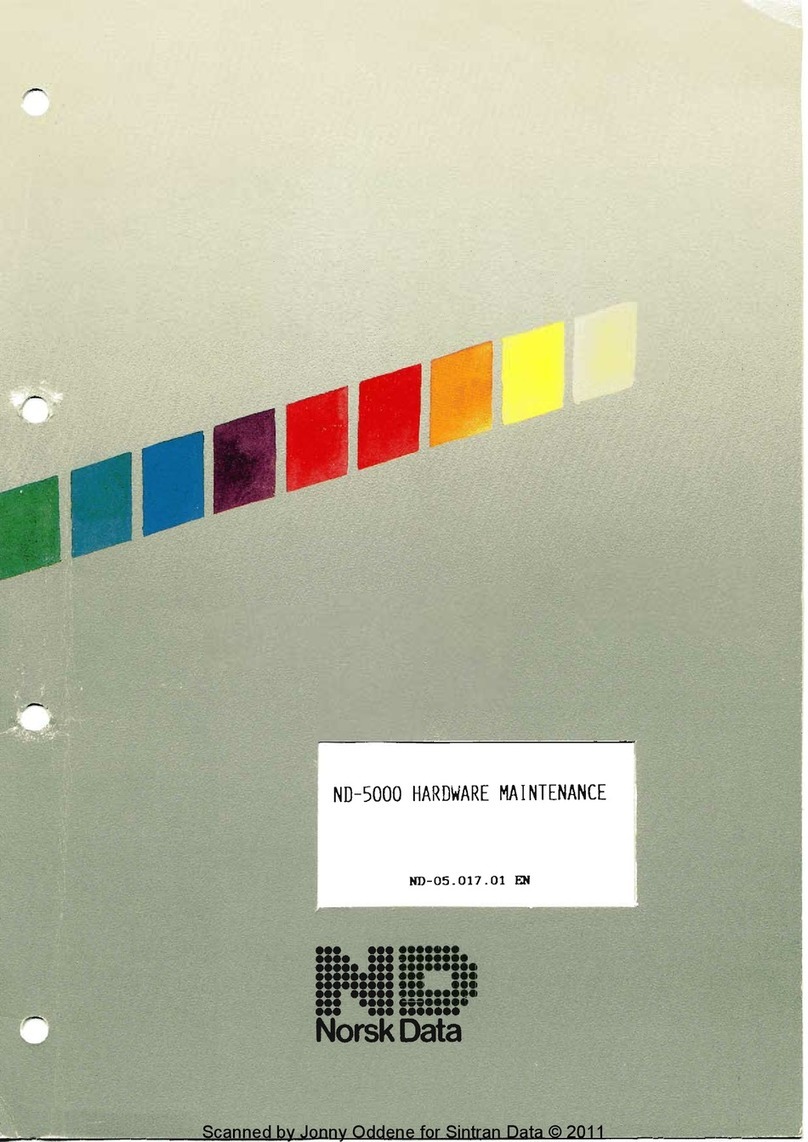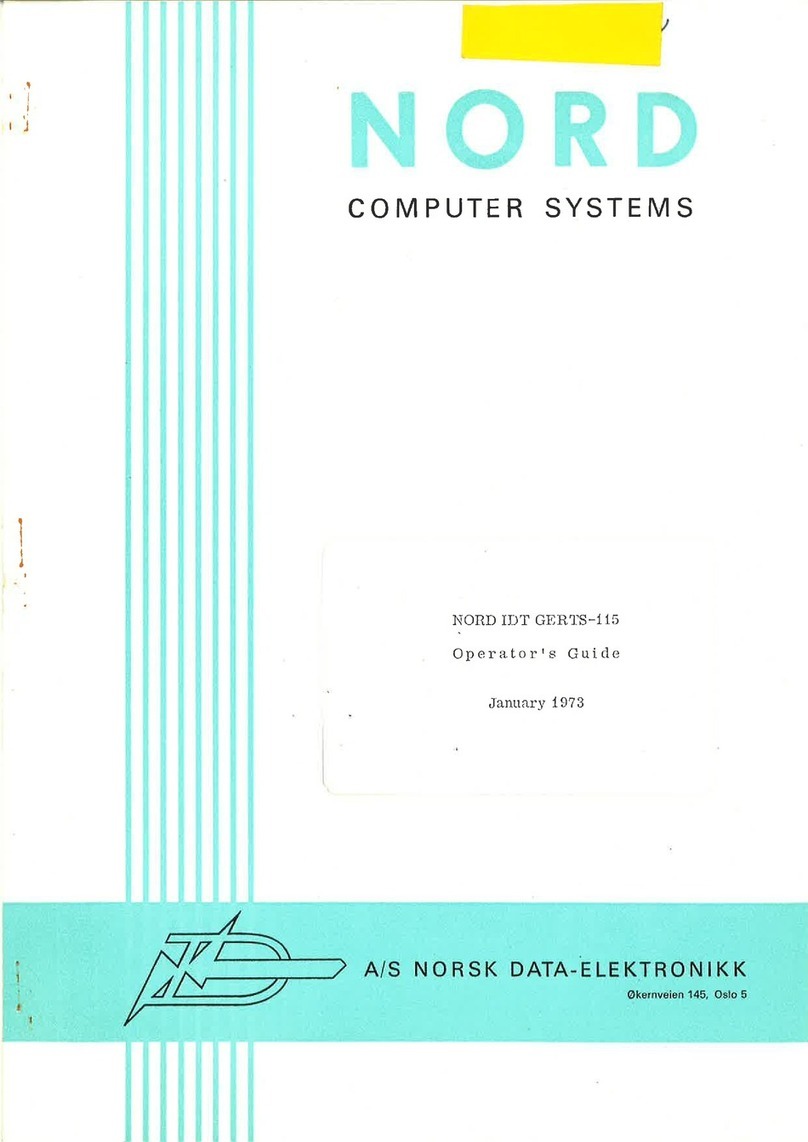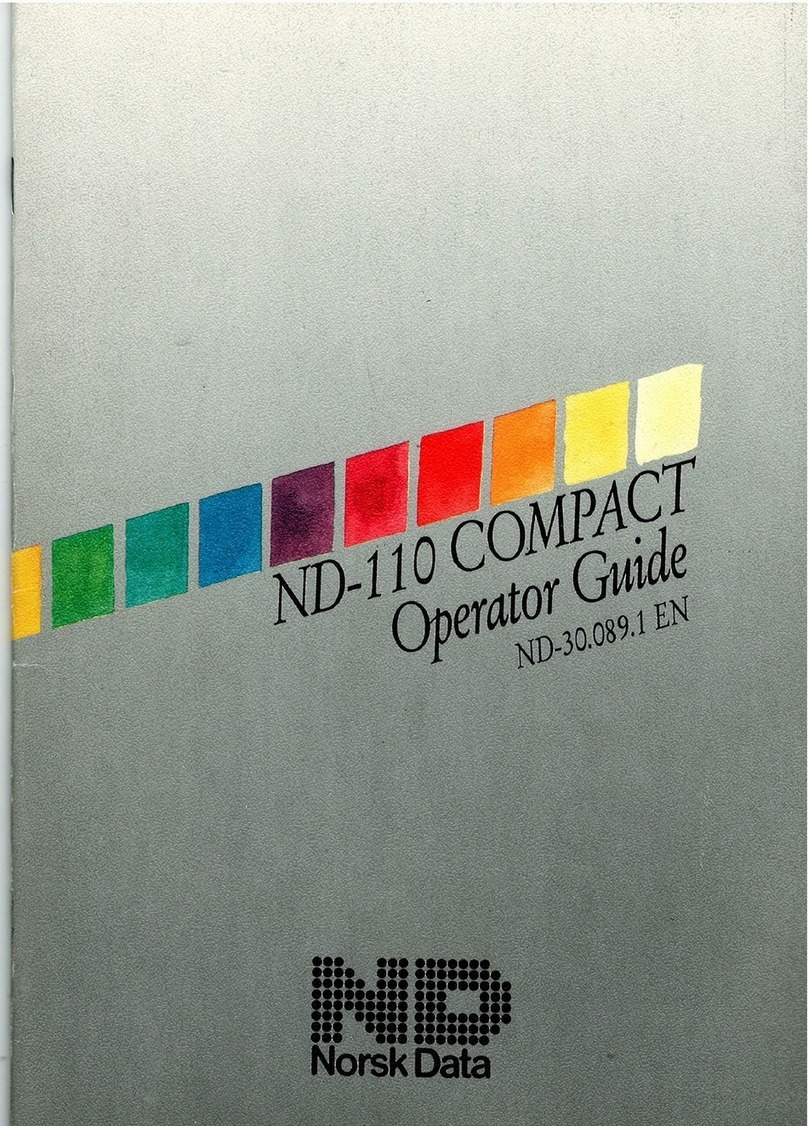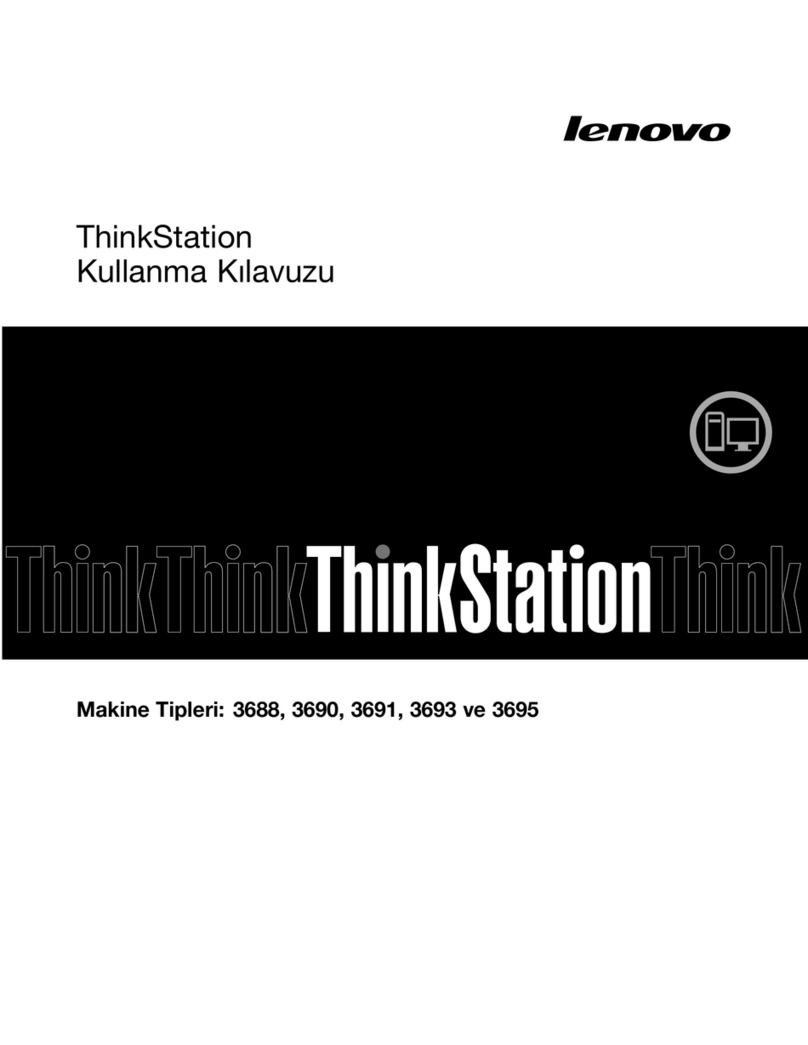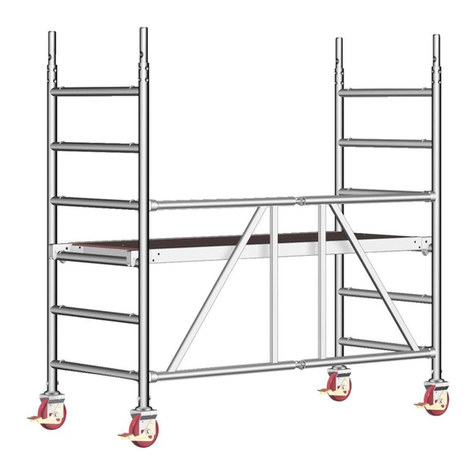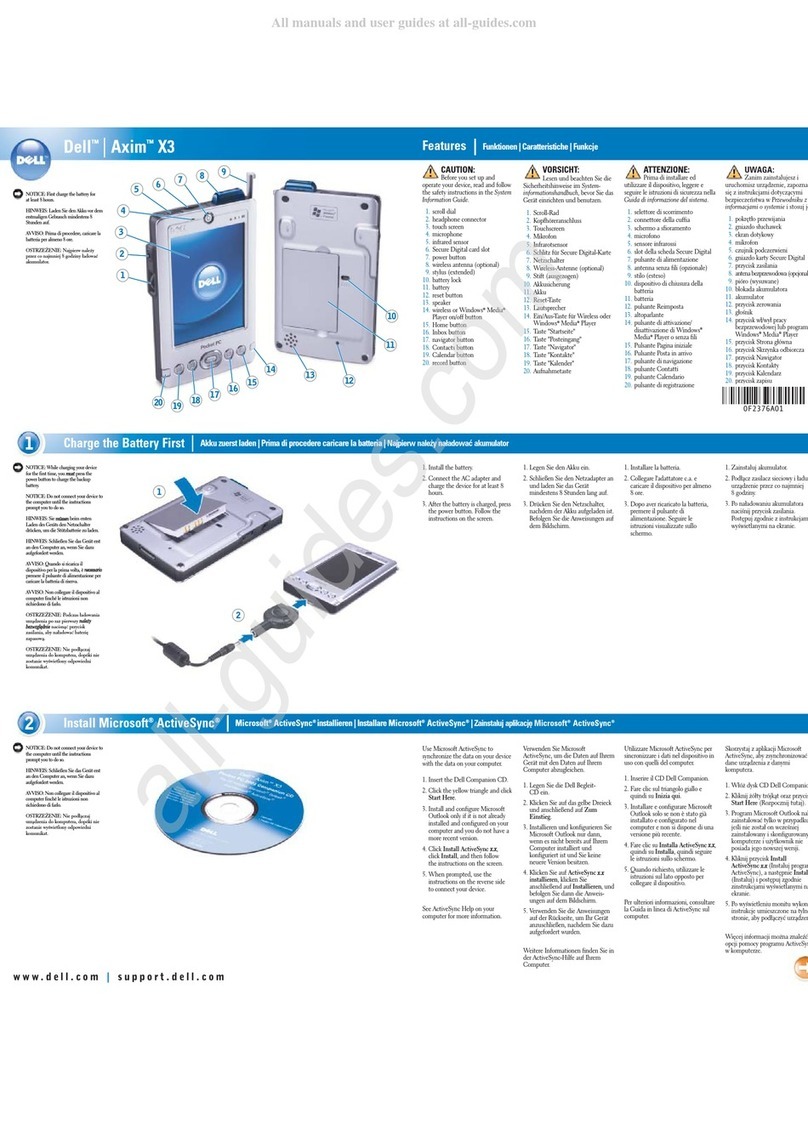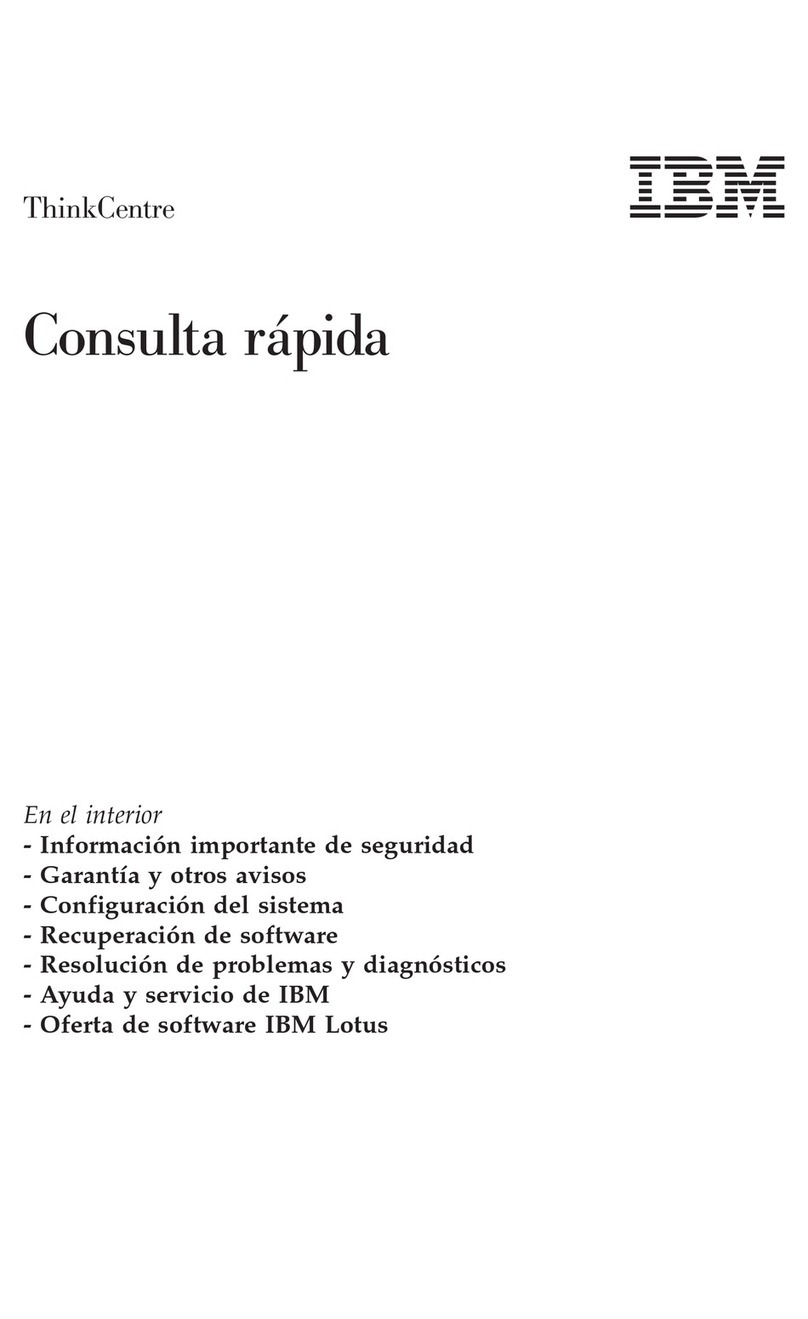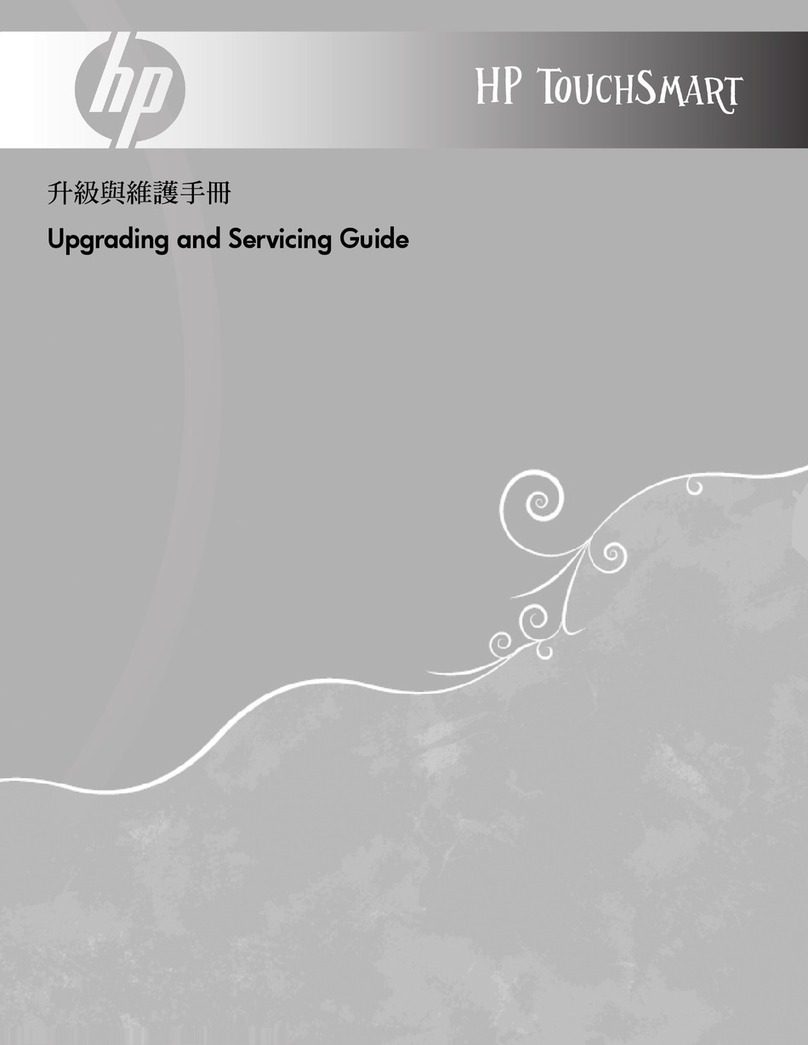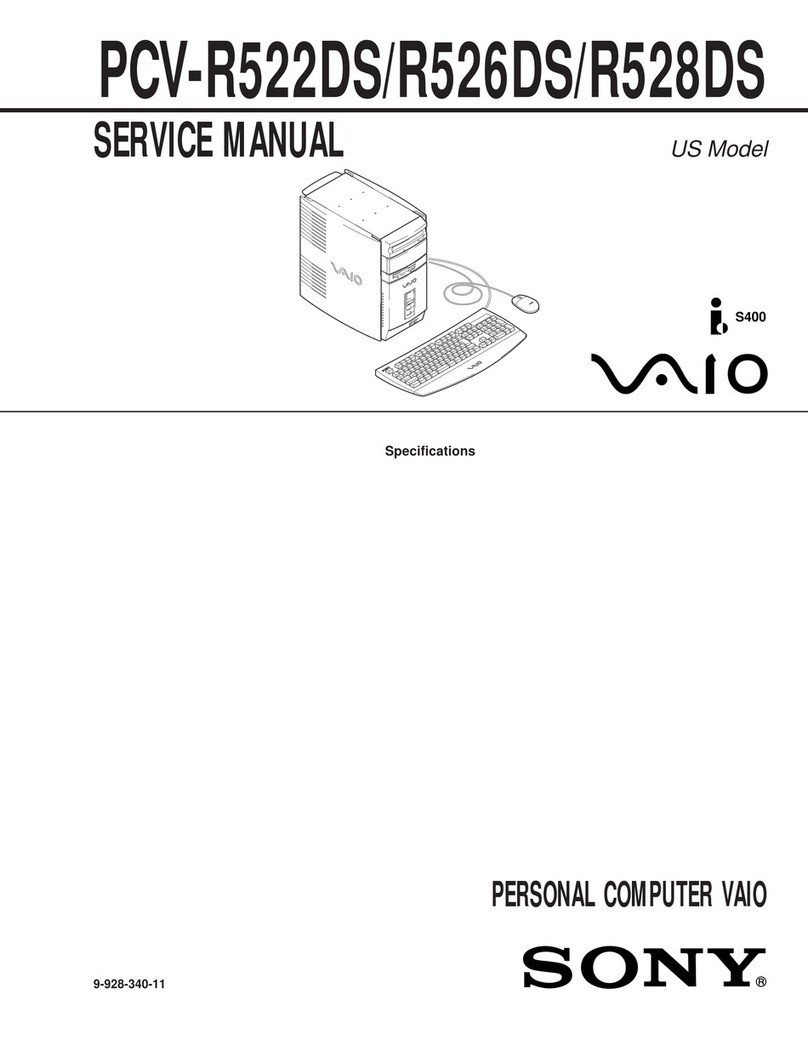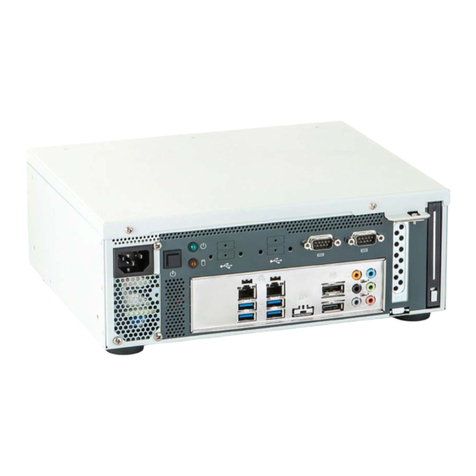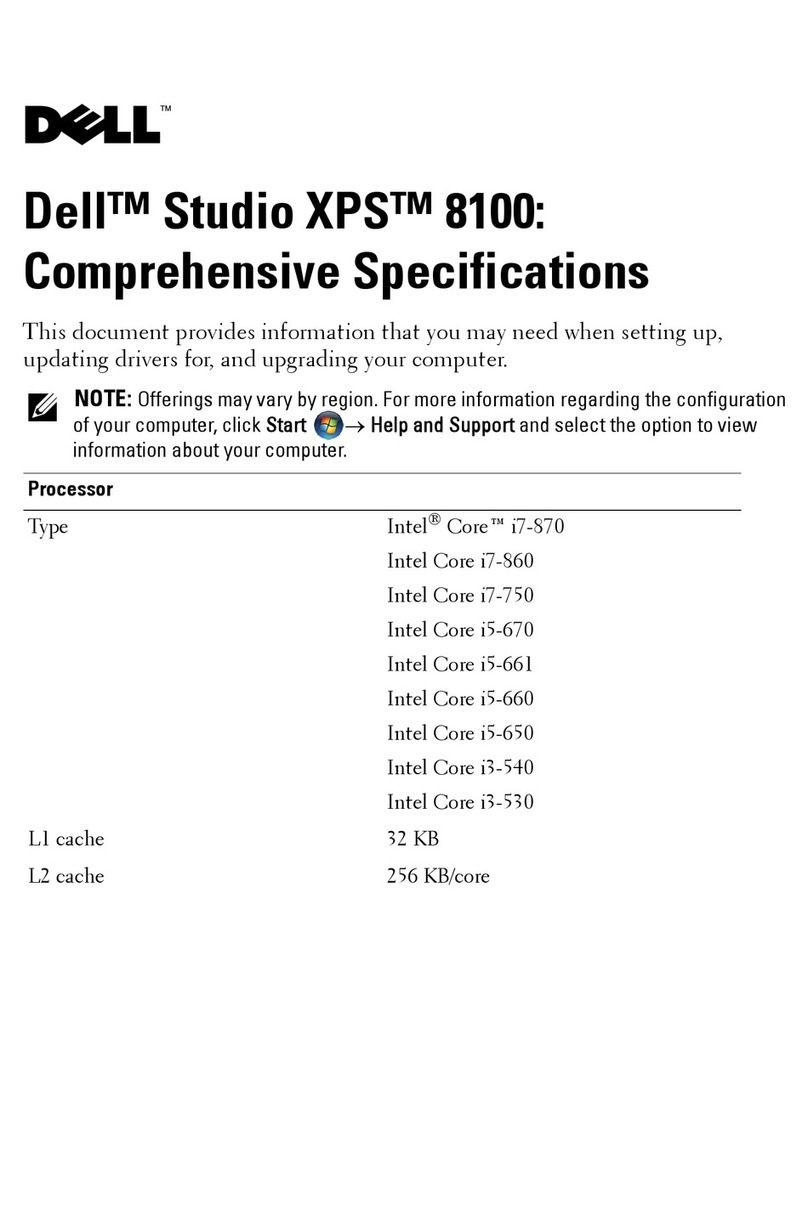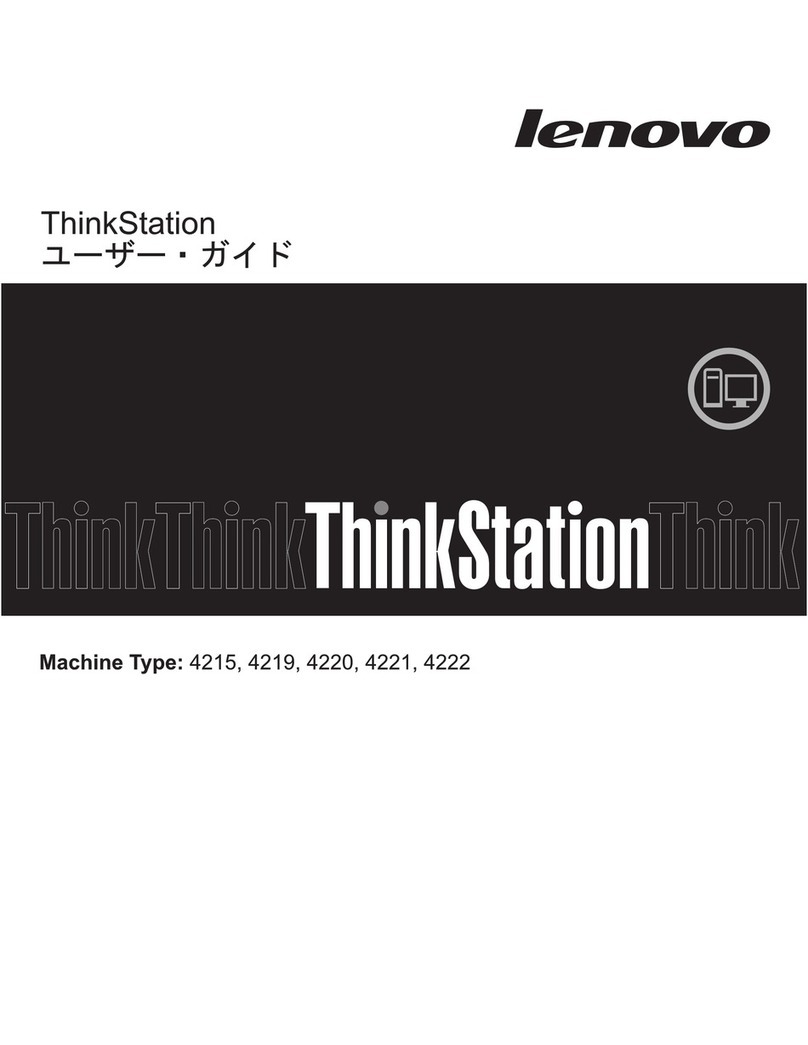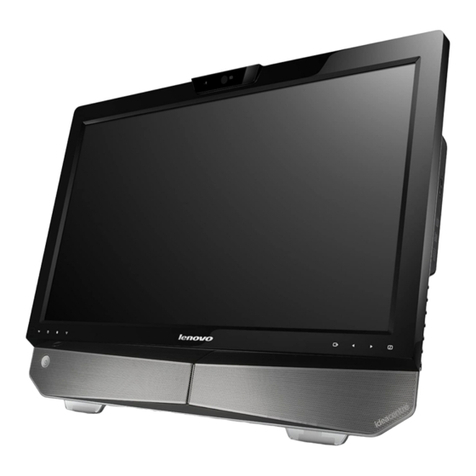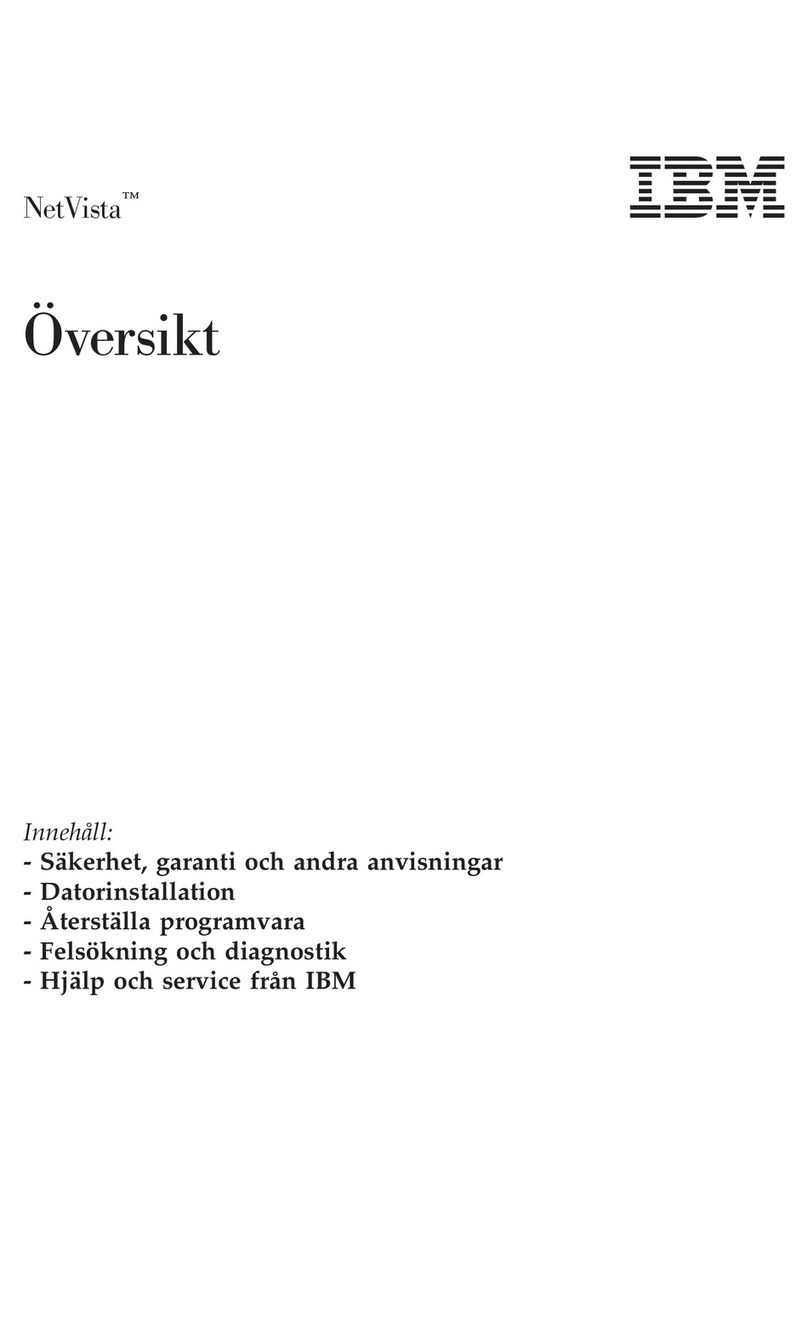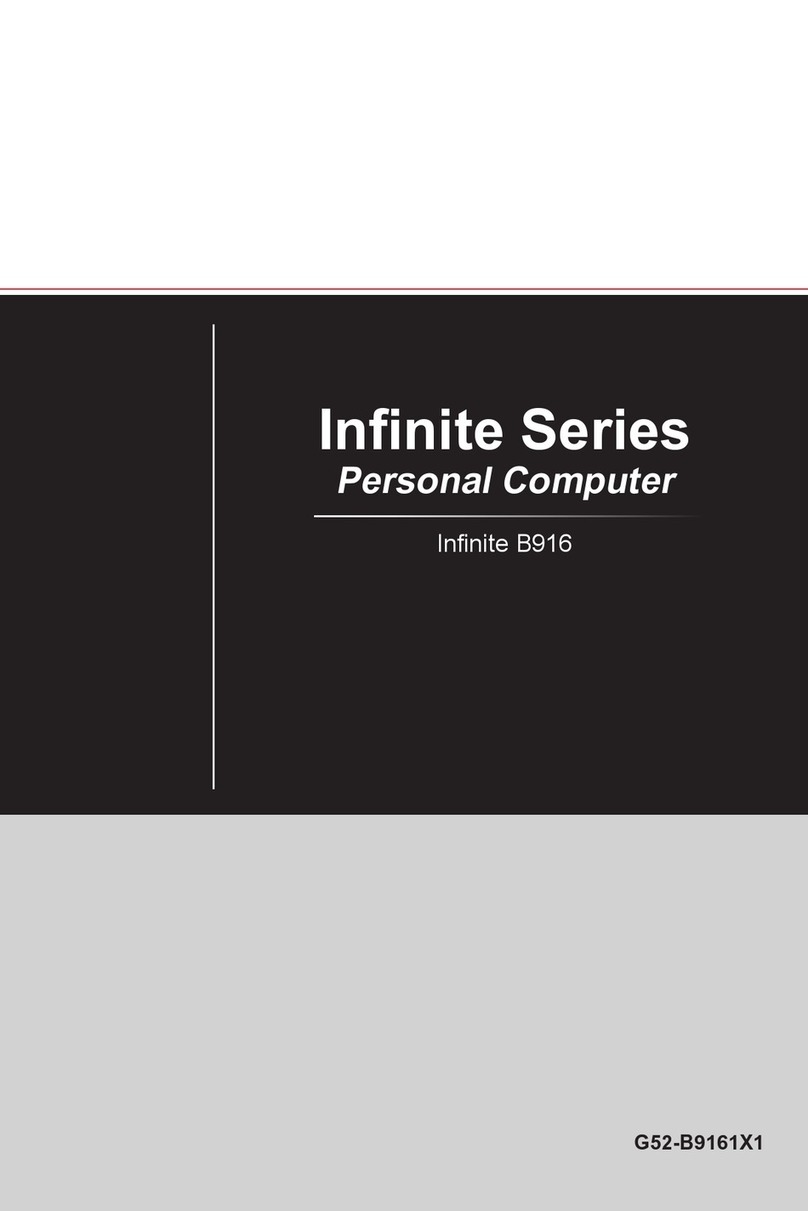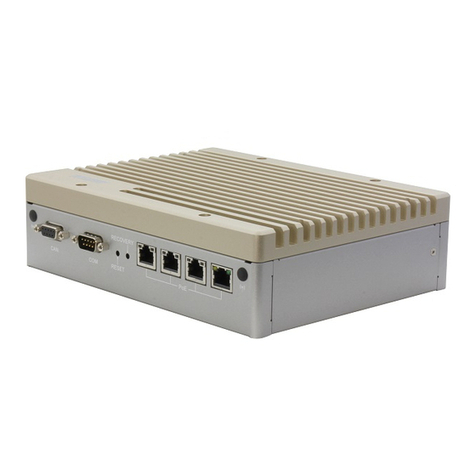Norsk Data ND-100 User manual

.'
0
Reference
Manual
ND-06.014.02
NORSK
DATA
A.S
3%.:
_.
we...
vvmoe
00

N
D-100
Reference
Manual
ND-06.014.02

'
"
W0
TICE
"
"""“l"h‘e'"information
in
this
document
is
subject
to
change
without
notice.
Norsk
W-~-~Eata'--A.S-
assumes
no
responsibility
for
any
errors
that
may
appear
in
this
docu-
:._.-..u....."menuNorskflata..A.$..assumes
no
responsibility
for
the
use
or
reiiability
of
its
"software
on
equipment
that
is
not
furnished
or
supported
by
Norsk
Data
A.S.
W”
"‘Fhe’informa'tion‘described
in
this
document
is
protected
by
copyright.
It
may
not
5M»--.-.--be.photocopied,..
reproduced
on
translated
without
the
prior
consent
of
Norsk
“Domain“,
-
'Csvfig‘fit"©"1982bvNcrsk‘Data‘ALS.
M...—
Mu...”

PRINTING
RECORD
Notes
ECOND
PRINTING
ND-100
Reference
Manual
ND-06.014.02
:::
:::::::.
NORSK
DATA
A
S
:::::.:::
:::°°°:::
,
-
EE§°3§EE§
535:3553
S‘s‘fl,‘
iaé’xN‘gnfiiZdebe'ggé'd
...
...
.......
'
y

iv
Manuals
can
be
updated
in
two
ways,
new
versions
and
revisions.
New
versions
consist
of
a
complete
new
manual
which
replaces
the
old
manual.
New
versions
incorporate
all
revisions
since
the
previous
version.
Revisions
consist
of
one
or
more
single
pages
to
be
merged
into
the
manual
by
the
user,
each
revised
page
being
listed
on
the
new
printing
record
sent
out
with
the
revision.
The
old
printing
record
should
be
replaced
by
the
new
one.
New
versions
and
revisions
are
announced
in
the
ND
Bulletin
and
can
be
ordered
as
described
below.-
The
reader’s
comments
form
at
the
back
of
this
manual
can
be
used
both
to
report»
errors
in
the
manual
and
to
give
an
evaluation
of
the
manual.
Both
detailed
and
general
comments
are
welcome.
These
forms,
together
with
all
types
of
inquiry
and
requests
for
documentation
should
be
sent
to
the
local
ND
office
or
(in
Nomay)
to:
Documentation
Department
Norsk
Data
A.S
PO.
Box
4,
Lindeberg
gérd
Oslo
10

Section:
1.1
1.2
1.2.1
1.2.2
1.2.2.1
1.2.3
1.2.3.1
1.2.3.2
1.2.3.3
1.2.3.4
1.3
1.4
1.5
1.5.1
1.5.2
1.5.3
1.6
1.6.1
1.6.2
1.7
1.8
1.8.1
1.8.2
1.8.3
2.1
TABLE
OF
CONTENTS
+
+ +
Page:
INTRODUCTION
TO
ND-100
.................................................
1—1
General
Characteristics
....................................................
1—"1
I
ND-100
Functional
Modules
.............................................
1L3
General
.......................................................................
1—3
ND-100
Central
Processing
Unit
(CPU)
Module
.........
1—5
CPU
Characteristics
..............................................
1—6
ND-100
Architecture
...................................................
1
-—7
General
..................................................................
1—7
ND-100
Configuration
Examples
...........................
1—8
Multiprocessor
Systems
.......................................
1
—9
Remote
Operation
.................................................
1
—10
The
Interrupt
System
.......................................................
1
—11
The
Memory
Management
System
.................................
1—12
The
Memory
System
........................................................
1
—-13
Main
Memory
.............................................................
1—1’3
Cache
Memory
...........................................................
1—13
Multiport
Memory
.......................................................
1—13
The
Input/Output
System
................................................
1—14
Programmed
Input/Output
—
PIO
.............................
1—14
Direct
Memory
Access
—
DMA
.................................
1—14
ND-100
Peripheral
Equipment
.........................................
1—15
ND-100
Software
..............................................................
1—16
The
Operating
System
................................................
1—16
Supporting
Software
..................................................
1—17
Distributed
Data
Processing
.......................................
1—17
SYSTEM
DESCRIPTION
........................................................
2—1
Central
Processor
.............................................................
2-1
ND-06.014.02

vi
Section:
Page:
'
2.1.1
General
......................................................................
2—1
2.1.2
Internal
Communication
............................................
2—3
2.1.3
The
Address
Arithmetic
..............................................
2—3
2.1.4
Instruction
Fetch
.......................................................
2—3
2.1.5
Prefetch
.....................................................................
2—3
2.1.6
Instruction
Execution
.................................................
2—4
2.1.7
Main
Arithmetic
..........................................................
2—4
2.1.8
The
Register
File
.........................................................
2—6
2.1.9
Status
Indicators
.......................................................
2—8
2.2
The
Interrupt
System
.......................................................
2—10
2.2.1
General
......................................................................
2—10
2.2.2
Functional
Description
..............................................
2—12
2.2.3
The
External
Interrupt
System
...................................
2—14
2.2.4
The
Internal
Interrupt
System
....................................
2—16
2.2.4.1
The
IIC
and
IIE
Registers
.............................
'
........
2—17
2.2.4.2
Internal
Hardware
Status
Interrupts
....................
2—18
2.2.4.3
Reset
of
the
IIC
Register
.....................................
2—20
2.2.5
Programmming
Control
of
the
Interrupt
System
......
2—21
2.2.5.1
Programmming
the
PID
and
PIE
Registers
.........
2—21
2.2.5.2
The
WAIT,
ION
and
IOF
Instruction
.....................
2—22
2.2.5.3
The
Previous
Level
Register,
PVL
........................
2—22
2.2.5.4
Vectored
Interrupts
and
the
IDENT
Instructions
.2—23
—2.2.6
Initializing
of
the
Interrupt
System
...........................
2—24
2.3
The
Memory
Management
System
.................................
2—25
2.3.1
General
......................................................................
2—25
2.3.2
Memory
Management
Architecture
..........................
2—26
2.3.3
The
Paging
System
.....................................................
2—28
2.3.4
The
Shadow
Memory
.................................................
2—30
2.3.5
The
Page
Tables
..
.......................................................
2—32
2.3.5.1
Page
Used
and
Written
in
Page
..........................
2—34
2.3.5.2
Page
Table
Selection
...........................................
2—34
2.3.6
Memory
Protection
System
......................................
2—35
2.3.6.1
Page
Protection
System
.......................................
2—35
2.3.6.2
Ring
Protection
System
.......................................
2—37
2.3.7
Privileged
Instructions
...............................................
2—39
2.3.8
Memory
Management
Control
and
Status
...............
2—40
ND-06.014.02

Section:
2.3.8.1
2.3.8.2
2.3.8.3
2.3.9
2.4
2.4.1
2.4.2
2.4.2.1
2.4.2.2
2.4.2.3
2.4.2.4
2.4.3
2.4.4
2.4.4.1
2.4.4.2
2.4.5
2.4.5.1
2.21.5.2
2.4.6
2.4.6.1
2.4.6.2
2.4.6.3
2.4.6.3.1
2.4.6.3.2
2.5
2.5.1
2.5.2
2.5.3
2.5.4
2.5.5
2.5.6
2.5.6.1
2.5.6.2
2.5.6.3
2.5.7
vii
Page:
The
PON
and
POF
Instructions
.............................
2—40
Paging
Control
Registers
......................................
2—41
Paging
Status
Register
.........................................
2—42
The
SEX
and
REX
Instructions
...................................
2—43
ND-100
Memory
System
..................................................
2—44
General
......................................................................
2—44
ND-100
Memory
Architecture
....................................
2—46
Local
(Main)
Memory
............................................
2—47
Memory
Module
Placement
in
Eurobus
...............
2—47
The
Position
Code
.................................................
2—47
The
Thumbwheel
Setting
......................................
2—48
Memory
Error
Correction
...........................................
2—50
Memory
Control
and
Status
.......................................
2—52
Error
Correction
Control
Register
(ECCR)
............
2—52
Memory
Status
Regsiters
(PEA
and
PES)
............
2—53
Multiport
Memory
.......................................................
2—54
Big
Multiport
Memory
(BMPM)
............................
2—54
Multiport
Memory
4
(MPM4)
................................
2—54
Cache
Memory
...........................................................
2—55
Cache
Memory
Architecture
.................................
2—55
Cache
Memory
Organization
................................
2—56
Cache
Control
and
Status
.........
-.
...........................
2—58
Cache
Control
..................................................
2—58
Cache
Status
Register
.....................................
2—-59
ND-100
Input/Output
System
..........................................
2—60
General
.......................................................................
2—60
ND-100
l/O
Architecture
.............................................
2—61
ND‘100
Card
Crate
—
Physical
Layout
......................
2—62
The
ND-100
Bus
..........................................................
2—65
ND-1OO
l/O
System
Function
Description
..................
2—66
Programmed
Input/Output
—
PIO
.............................
2—67
The
Input/Output
Instruction
—-
lOX
....................
2—67
Interface
Channels
and
Registers
.........................
2—68
Control
and
Status
Register
.................................
2—7‘1
Direct
Memory
Access
(DMA)
...................................
2—62
I
ND-06.014.02

Section:
2.5.7.1
2.5.7.2
2.5.7.2.1
2.5.7.2.2
2.5.7.2.3
2.5.7.2.4
2.5.8
2.5.8.1
2.5.8.2
2.5.8.3
2.5.9
2.5.9.1
2.5.9.2
2.6
2.6.1
2.6.2
3.1
3.1.1
3.1.1
3.1.2
3.1.2.1
3.1.2.2
3.1.2.3
3.1.2.4
3.1.2.5
3.1.2.6
3.2
3.2.1
3.2.1.1
3.2.1.2
3.2.1.3
viii
Page:
General
..................................................................
2—72
DMA
Controller
Operation
....................................
2—72
Initialization
...........................................................
2—73
Transfer
.................................................................
2—73
Termination
and
Status
Check
..............................
2—73
General
Considerations
.........................................
2—74
The
I/O
System
and
the
Interrupt
System
................
2—75
General
..................................................................
2—75
Interrupt
Level
Usage
............................................
2—75
Device
Interrupt
Identification
..............................
2—76
Programming
Specifications
for
|/O
Device
on
the
CPU
Board
.......................................................
2—76
The
Real-time
Clock
..............................................
2-77
The
Current
Loop
Interface
...................................
2—77
ND-IOO
Bus
Extender
(BEX)
............................................
2—79
General
......................................................................
2—79
Bus
Extender
Architecture
.........................................
2—79
ND-IOO
INSTRUCTIONS
.......................................................
3—1
Introduction
to
the
Instruction
Repertoire
......................
3—1
General
.......................................................................
3—1
General
.......................................................................
3—1
Instruction
and
Data
Formats
....................................
3—3
Single
Bit
...............................................................
3—3
8
Bit
Byte
...............................................................
3—4
16
Bit
Word
...........................................................
3—4
32
Bit
Double
Word
...............................................
3—5
48
Bit
Floating
Point
Word
....................................
3—6
32
Bit
Floating
Point
Word
....................................
3—7
The
Instruction
Repertoire
...............................................
3—9
Memory
Reference
Instructions
.................................
3—9
Addressing
Structure
............................................
3—9
Store
Instructions
..................................................
3—18
Load
Instructions
...................................................
3—20
ND-06.014.02

Section:
3.2.1.4
3.2.1.5
3.2.1.6
3.2.1.7
3.2.2
3.2.2.1
3.2.2.1
.
1
3.2.2.1.2
3.2.2.2
3.2.2.3
3.2.2.3.1
3.2.2.3.2
3.2.2.4
3.2.2.5
3.2.2.6
3.2.2.6.1
3.2.2.6.2
3.2.2.6.3
3.2.3
3.2.3.1
3.3
3.3.1
3.3.2
3.3.3
3.3.4
3.3.5
3.3.5.1
3.3.6
3.3.6.1
3.3.6.2
3.3.6.3
3.3.7
3.3.8
3.3.9
3.3.10
Page:
Arithmetical
and
Logical
Instructions
...................
3—21
Sequencing
Instructions
.......................................
3—24
Byte
Instructions
...................................................
3—26
Extended
BYTE-instructions
..................................
3—27
Register
Instructions
..................................................
3—30
Floating
Point
Conversion
Instructions
.........
-.
.......
3—30
Standard
48
Bit
Floating
Point
Conversion
.....
3—30
Optional
32
Bit
Floating
Point
Conversion
.......
3—32
Shift
Instructions
...................................................
3—33
Register
Operations
..............................................
3—36
ROP
—
Register
Operation
Instructions
.........
3—38
Extended
Register
Operation
Instructions
......
3—45
Skip
Instructions
...................................................
3—47
Argument
Instructions
..........................................
3—50
Bit
Operation
Instructions
.....................................
3—53
Bit
Skip
Instructions
........................................
3—54
Bit
Set
Instructions
..........................................
3—54
One
Bit
Accumulator
Instructions
...................
3—55
System
Control
Instructions
.......................................
3-56
Monitor
Call
Instruction
...........................
3—56
Privileged
Instructions
....................................................
3—57
General
......................................................................
3—57
Register
Block
Instructions
........................................
3—57
Inter-level
Register
Instructions
.................................
3—59
Accumulator
Transfer
Instructions
.............................
3-60
Input/Output
Control
Instructions
..............................
3—63
Extension
of
the
Device
Register
Address
...........
3—64
System
Control
Instructions
.......................................
34-64
Interrupt
Control
Instructions
...............................
3—65
Memory
Managementlflontrol
Instructions
..........
3—68
Wait
or
Give
Up
Priority
........................................
3—70
Examine
and
Deposit
..................................................
3—71
Load
Writeable
Control
Store
....................................
3—72
Customer
Specified
Instructions
................................
3—73
Physical
Memory
Read/Write
Instructions
................
3—74
ND-06.014.02

Section:
3.3.10.1
3.3.10.2
3.4
3.4.1
3.4.1.1
3.4.1.1.1
3.4.1.1.2
3.4.1.2
3.4.2
3.4.2.1
4.1
4.1.1
4.1.2
4.2
4.2.1
4.2.2
4.2.2.1
4.2.2.1.1
4.2.2.1.2
4.2.2.1.3
4.2.2.1.4
4.2.2.1.5
4.2.2.2
4.2.2.2.1
4.2.2.2.2
4.2.2.2.3
4.2.2.2.4
4.2.2.2.5
4.2.2.2.6
Page:
Format
of
Instructions
...........................................
3—74
Addressing
............................................................
3—75
Instructions
in
the
«Commercial
Extended»
(CE)
Option
3—76
Decimal
Instructions
...................................................
3—76
Data
Formats
for
Decimal
Instructions
................
3—76
Packed
Decimal
Number
.................................
3—76
ASCII
Coded
Decimal
Number
........................
3—78
The
Decimal
Instructions
......................................
3—80
Stack
Handling
Instructions
.......................................
3—85
Data
Structure
Operated
upon
by
the
Instructions
..........................................................
3—85
OPERATOR'S
INTERACTION
................................................
4—1
Control
Panel
Push
Buttons
.............................................
4—1
The
Panel
Lock
Key
....................................................
4—3
Status
Indicators
........................................................
4—3
Microprogram
for
Operator’s
Communication
................
4—4
General
Considerations
..............................................
4—4
Control
Functions
.......................................................
4—6
System
Control
......................................................
4—6
Master
Clear
....................................................
4—6
Stop
..................................................................
4—6
ALD
Load
.........................................................
4—7
General
Load
....................................................
4—8
Leave
MOPC
...................................................
4—9
Program
Execution
...............................................
4—8
Start
Program
.................................................
4-8
Continue
Program
...........................................
4—8
Single
Instruction
...........................................
4—9
Instruction
Breakpoint
....................................
4—9
Manual
Instruction
..........................................
4—8
Single
I/O
Instruction
Function
......................
4—9
ND-06.014.02

Section:
4.2.2.3
4.2.2.3.1
4.2.2.3.2
4.2.2.3.3
4.2.3
4.2.3.1
4.2.3.1.1
4.2.3.1.2
4.2.3.1.3
4.2.3.1.4
4.2.3.1.5
4.2.3.1.6
4.2.3.2
4.2.3.2.1
4.2.3.2.2
4.2.3.2.3
42.3.24
42.3.25
4.2.3.3
4.2.3.3.1
4.2.3.3.2
4.2.3.3.3
4.2.3.3.4
4.2.4
4.2.4.1
4.2.4.2
4.2.4.3
4.2.5
4.2.5.1
4.2.5.2
4.2.5.3
4.3
4.3.1
4.3.2
xi
Page:
Miscellaneous
Functions
.......................................
4—10
Internal
Memory
Test
......................................
4—10
Delete
Entry
.....................................................
4—10
Current
Location
Counter
................................
4—10
Monitor
Functions
.......................................................
4—11
Memory
Functions
.................................................
4—11
Physical
Examine
Mode
...................................
4—11
Virtual
Examine
Mode
......................................
4—11
Memory
Examine
.............................................
4—12
Memory
Deposit
..............................................
4—12
Deposit
Rules
...................................................
4—13
Memory
Dump
.................................................
4—13
Register
Functions
................................................
4—14
Register
Examine
.............................................
4—14
Register
Deposit
..............................................
4—15
Register
Dump
-
RD
........................................
4—15
User
Register
-
U
.............................................
4—15
Operator
Panel
Switch
Register
-
OPR
...........
4—16
internal
Register
Functions
...................................
4—17
Internal
Register
Examine
................................
4—17
Internal
Register
Deposit
.................................
4—18
Internal
Register
Dump
-
IRD
..........................
4—19
A
Scratch
Register
Dump
-
RDE
.....................
4—19
Display
Functions
.......................................................
4—20
Displayed
Format
..................................................
4—20
Display
Memory
Bus
.............................................
4—21
Display
Activity
......................................................
4—21
Bootstrap
Loaders
......................................................
4—22
Binary
Format
Load
...............................................
4—22
Mass
Storage
Load
..............................................
4—23
Automatic
Load
Descriptor
...................................
4—24
The
Display
......................................................................
4—25
General
.......................................................................
4—25
The
Different
Display
Functions
.................................
4—25
ND-06.014.02

Appendixes:
A.1
A.2
E.2
E.2.1
E.2.2
E.2.3
E.3
E.4
E.5
E.6
E.7
F.1
F.2
F.3
G.1
G.2
xii
Page:
ND-IOO
INSTRUCTIONS
.......................................................
A—I
ND-IOO
Instruction
Codes
................................................
A—1
ND-100
Instruction
Execution
Times
...............................
A—12
MODEL
33
ASR/KSR
TELETYPE
CODE
(ASCII)
IN
BINARY
FORM
......................................................................
B—I
STANDDDDARD
ND-100
DEVICE
REGISTER
ADDRESSES
ANDIDENT
CODES
...............................................................
C—I
INTERNAL
REGISTERS
.........................................................
D—1
SWITCH
SETTINGS
FOR
THE
DIFFERENT
ND-
100
MODULES
................................................................
E—1
Switches
on
the
CPU
Module
(3002)
................................
E—I
ALD
—
Automatic
Load
Descriptor
...............................
E—I
Console:
Speed
Setting
for
Console
Terminal
.............
E—2
Switches
on
Floppy
and
4
Terminals
Module
(3010)
........
5—2
1
Floppy
Disk
System
....................................................
E—3
2
Terminal
Group
...........................................................
E—3
3
Initial
Baud
Rate
for
Terminals
...................................
E-4
Switches
on
Memory
Modules
(3005)
...............................
E—5
Switches
on
the
10MB
Disk
Module
(3004)
......................
E—6
Switch
Setting
on
the
Pertec
magnetic
Tape
Module
(3006)
...........................................................
E—7
Switch
Setting
on
ND-100
Bus
Adapter
(3008)
.................
E-8
Switch
Setting
on
Local
l/O
Bus
(3009)
............................
E—9
OPERAI
|
I
IOR’S
COMMUNICATION
INSTRUCTION
SURVEY
................................................................................
F—I
Control
Functions
(Does
not
affect
DISPLAY)
..................
F-—1
Display
Functions
(Affects
only
DISPLAY)
........................
F—1
Monitor
Functions
(Also
shown
on
DISPLAY)
..................
F——2
ND-IOO
TECHNICAL
SPECIFICATIONS
.................................
G—I
Specifications-
....................................
'
...............................
G-I
Physical
..............................................................................
G—2
ND-06.014.02

1.1
1—1
INTRODUCTION
TO
ND-100
GENERAL
C
HA
HA
C
TERIS‘
TICS
ND-100
is
a
general
purpose
computer
and
it
is
used
in
many
applications
like:
-
Commercial
data
processing.
—
Research.
-—
Education.
—
Process
control.
ND-100
is
completely
software
compatible
with
NORD
10/8
and
runs
the
same
operating
system,
SINTRAN
lll
NS.
The
ND-100
Central
Processing
Unit
(CPU)
is
placed
on
a
single
module.
The
word
length
is
16
bits
in
parallel.
TERMINAL
Data
processing
application
Figure
7.7:
The
Operating
System
S/NTRAN
III/VS
allows
the
ND-
700
to
be
used
in
many
Applicatidns.
N
D-06.014.02

N
D-06.014.02

1
.2
ND-
700
FUNCTIONAL
MODULES
1
.2.1
General
A
standard
ND-100
printed
board
module
size
is
366.8
mm
x
280
mm.
The
board
size,
together
with
the
use
of
Large
Scale
Integrated
(LSl)
circuits,
allows:
—
Small
physical
dimensions.
-
Closely
related
functions
placed
on
the
same
module,
thus
reducing
external
wiring
to
a
minimum.
Communication
between
ND-100
functional
modules
is
done
through
an
advanced
high-speed
bus,
called
ND-iOO
bus.
The
ND-100
bus
is
a
printed
back
plane.
The
bus
is
available
in
two
versions,
one
for
connecting
12
modules
and
one
for
con-
necting
21
modules.
The
two
versions
are
mounted
in
different
card
crates
and
dif-
ferent
cabinets.
280
mm
4
H
368.8
mm
Figure
7.2:
The
Standard
ND-
100
Printed
Board
Module.
ND-06.014.02

1—4
mmU.>mD
A<ZENPXH
maDoOs.
>535:
3.5mm."
.ouzzou.
azowzu.
acccuu
wanna:
uo<m=mh9=
wo.>we
<83bc3
m5
.5
«6.l
.8...
0
tan
m
.3
5.22.:t
8‘33:
8‘
.Q2
um...
3:m
Ill.
3:82
hzmzuc<z<s
.
:55:
llllll
x
\III
.P
I
I.
[III]
dmz<m
‘P
><aaw5
_
4(2033
.
\
:
.
_
<
_
a
553:"
moficmpz.
0.5.355
$.q
IIIII
J
I
l
--
u
I
P
good
_
3m
.:<"_
InL
lllal.‘lil
misc:
3&0
mDm
00—-02
ND-06.014.02

1.2.2
ND-
700
Central
Processing
Unit
(CPU)
Module
The
CPU
module
contains,
in
addition
to
the
CPU
itself:
—
A
real-time
clock.
—
A
current
loop
terminal
interface
with
switch
selectable
speeds,
110
-
9600
baud/
bps
(bits
per
second).
'
—
Power
fail
and
automatic
restart.
N
D-06.014.02

1.2.2.1
1—6
CPU
Characteristics
The
Processor
ND-iOO
CPU
is
a
16
bit
parallel
processor
designed
around
the
bit
slice
ALU
(arith-
metic
logic
unit)
element.
The
processor
is
controlled
by
a
microprogram.
The
following
is
implemented
in
the
microprogram:
—-
All
instructions.
—
Operator
communication.
--
Built-in
test
routines.
—
Bootstrap
loaders.
The
microprogram
is
physically
located
in
a
2k
word
by
64
bit
Read
Only
Memory
(ROM).
One
microinstruction
is
fetched
and
executed
in
the
internal
CPU
cycle
time.
The
cycle
time
is
150
ns
for
the
fast
CPU
and
190
ns
for
the
slow
version.
Instruction
Prefetch
A
fast
processor
should
not
have
to
wait
for
instructions.
In
order
to
reduce
instruction
fetch
waiting
time,
the
ND-lOO
CPU
will
normally
hold
two
instruc-
tions,
the
current
executing
instruction
and
the
next
one.
This
is
accomplished
by
fetching
the
next
instruction
while
executing
the
current
instruction.
Special
Feature
To
allow
dynamic
microprogramming,
a
256
word
by
64
bit
writeable
control
store
is
available
as
an
option.
Instruction
Set
and
Data
Format
Although
a
standard
ND-iOO
word
is
16
bits,
the
computer
has
a
comprehensive
instruction
set
which
includes
operations
on:
—
Bits.
—
Bytes.
—
Single
words.
—
Double
words.
—
Triple
words.
--
Register
file.
—
Fixed
or
floating
point
arithmetic
(32
-
or
48
-
bit
word).
ND-06.014.02

1
.2.
3
ND-
700
Architecture
1.2.3.1
General
Figure
1.4
shows
the
ND-100
bus
structure.
The
main
highway
for
data
and
addresses
in
the
system
is
the
ND-100
bus.
Data
and
address
flow
are
shown
by
the
arrows.
4
N040
Nome
i---—-......
oaw
“_
l
BUS
“"*’
A
<h——>
L
CPU
ICONTROL/
l
MODULE
IDRIVER
'---———
MMS
“-
MM
UL
.
ODULE
MODULES
MMS
=
Memory
Management
System
Figure
7.4:
ND-
700
Bus
Structure
Physically,
the
bus
is
organized
as
a
printed
backplane
containing
12
or
21
"plug
in”
positions
for
module
connection.
All
communication
between
ND-100
modules
except
CPU,
MMS
and
CACHE
communication,
is
provided
by
this
bus.
That
is,
the
ND-100
bus
connects
the:
—
CPU
to
the
memory
system
(including
MMS
and
CACHE).
—
CPU
to
the
input/output
system.
—
DMA
controllers
to
the
memory
system
(DMA
=
Direct
Memory
Access).
DMA
controller
is
a
special
device
interface
module.
A
bus
control/driver,
which
is
an
integrated
part
of
the
CPU,
controls
the
activity
on
the
bus.
This
common
bus
architecture
has
several
advantages:
—
Uniform
connection
for
all
modules
makes
the
system.flexible
and
easy
to
expand.
—
No
external
wiring
of
busses
gives
a
more
reliable
system.
—
No
overhead
in
connecting
several
busses
between
source
and
destination
makes
a
faster
system
(one
crate
system
only).
ND-06.014.02
Table of contents
Other Norsk Data Desktop manuals
